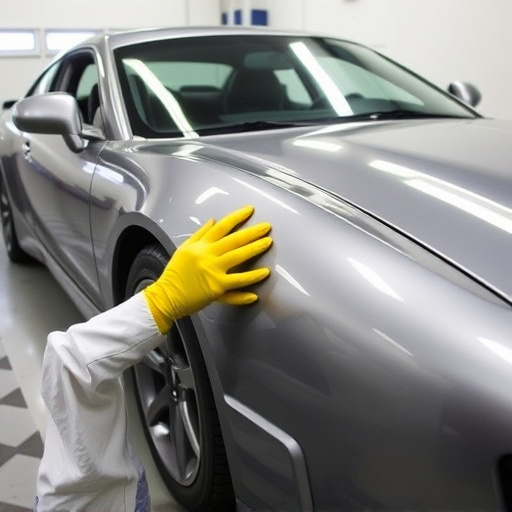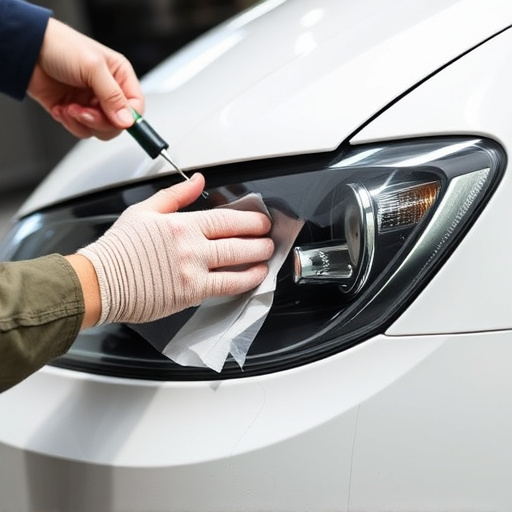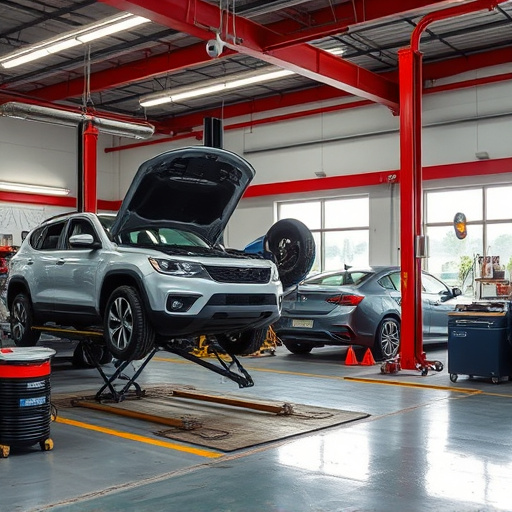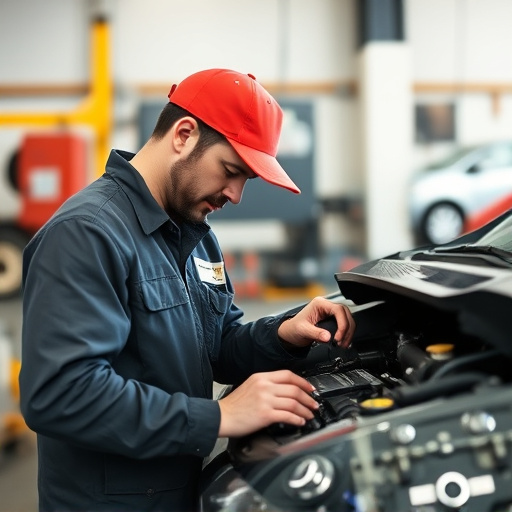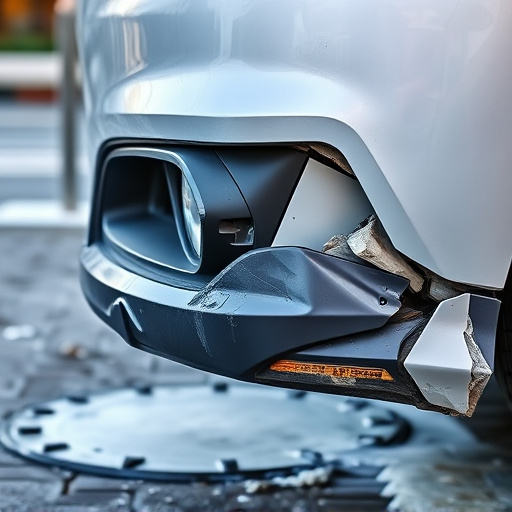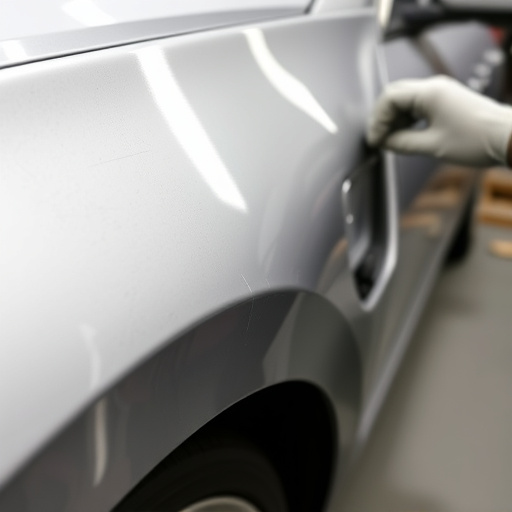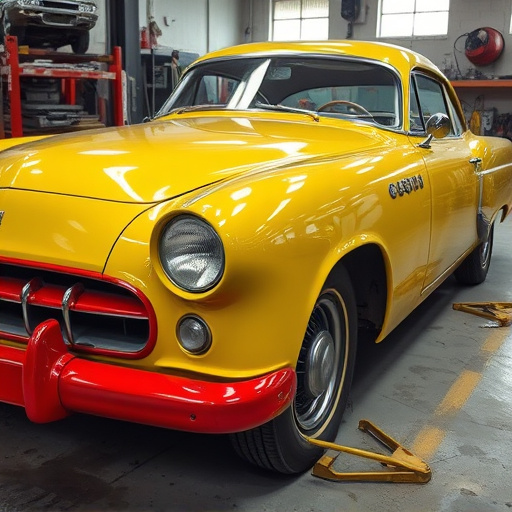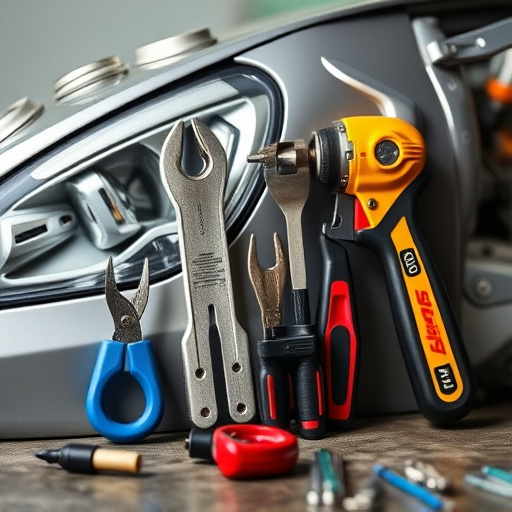Mercedes run-flat tire replacement requires meticulous inspection and specialized processes at lease return to maintain vehicle value and safety. This involves thorough checks, removing existing tires with proper equipment, using genuine Mercedes parts, fitting advanced technology run-flats, and rigorous post-installation testing. Auto leasing companies have specific standards, demanding comprehensive repairs including wheel, suspension, and cosmetic fixes, while adhering to current industry standards and utilizing high-quality parts.
Mercedes vehicles equipped with run-flat tires present unique challenges when it comes to lease return. This article delves into the intricacies of replacing these specialized tires, ensuring compliance with stringent standards. Understanding the Mercedes run-flat tire system is crucial for maintaining vehicle integrity and safety. We outline a meticulous process for replacement, from disassembly to installation, catering to leasing companies aiming to uphold high-quality standards upon vehicle return.
- Understanding Mercedes Run-Flat Tires
- Replacement Process for Lease Return
- Ensuring Compliance with Standards
Understanding Mercedes Run-Flat Tires
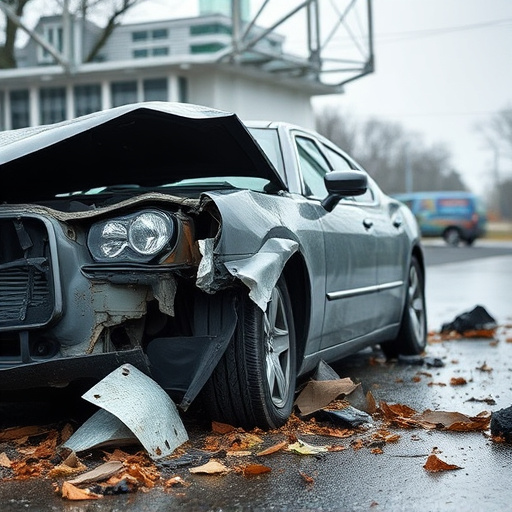
Mercedes Run-Flat tires are an innovative feature designed to enhance safety and convenience for drivers. These tires are equipped with a built-in spare that allows vehicles to continue driving even after sustaining a flat tire, thanks to their unique sealant and self-sealing technology. This advanced system is particularly valuable in situations where immediate tire replacement might not be feasible, offering drivers peace of mind on the road.
Understanding how these tires work is crucial when it comes to Mercedes run-flat tire replacement for lease return standards. During production, these tires undergo rigorous testing to ensure they meet stringent quality and performance criteria. When a vehicle with run-flat tires returns from a lease, it’s essential to inspect them thoroughly. An auto collision center or body shop services specializing in such replacements will assess the condition of the tires, ensuring they remain within manufacturer specifications for safe operation. This process involves more than just a visual inspection; it may include advanced diagnostic tools to verify the integrity and performance capabilities of these specialized tires.
Replacement Process for Lease Return

When a Mercedes vehicle is returned from a lease, ensuring it meets stringent standards for tire condition is non-negotiable. The replacement process for lease return typically involves several meticulous steps to maintain the vehicle’s value and aesthetic appeal. It starts with a thorough inspection of the existing tires, checking for any damage, wear patterns, or signs of previous repairs. If a run-flat tire is detected, specialized equipment is used to carefully remove it from the vehicle, preserving the wheel and suspension components.
The next step involves acquiring a replacement tire, ideally a genuine Mercedes part to guarantee compatibility and quality. The new run-flat tire is then fitted, incorporating advanced technology that enables the wheel to support the vehicle’s weight even when completely deflated. This process requires skilled technicians who understand the intricate design of these tires to ensure proper alignment and tensioning. Post-installation, rigorous testing is conducted to verify the tire’s functionality, including high-speed stability and safety checks, before the vehicle is cleared for road use.
Ensuring Compliance with Standards
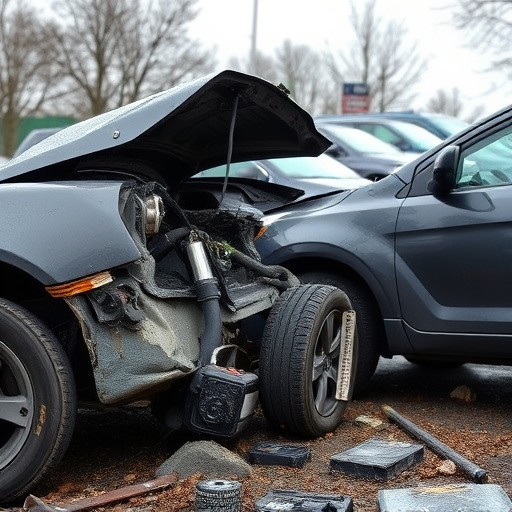
When it comes to Mercedes run-flat tire replacement for lease return standards, adhering to the right procedures is paramount. Auto leasing companies have specific requirements for vehicle body repair, ensuring that cars are returned in top condition. The process involves not just replacing the tires but also repairing or replacing any damage incurred over the lease period. This includes addressing issues related to the wheels, suspension, and even cosmetic repairs, as outlined in the lease agreement.
Car repair services for Mercedes vehicles must be up-to-date with the latest industry standards and technologies to ensure compliance. Automotive restoration techniques are employed to restore the vehicle’s original condition, utilizing high-quality parts and materials. The goal is not just to meet but exceed lease return expectations, ensuring a seamless transition for both the leasing company and the next set of lessees.
When it comes to lease return standards, especially for high-end vehicles like Mercedes, proper Mercedes run-flat tire replacement is crucial. By understanding the unique features of these tires and adhering to the replacement process outlined in this article, operators can ensure compliance with industry standards. This meticulous approach not only maintains vehicle integrity but also safeguards against potential safety risks associated with worn-out or improperly handled run-flat tires.
